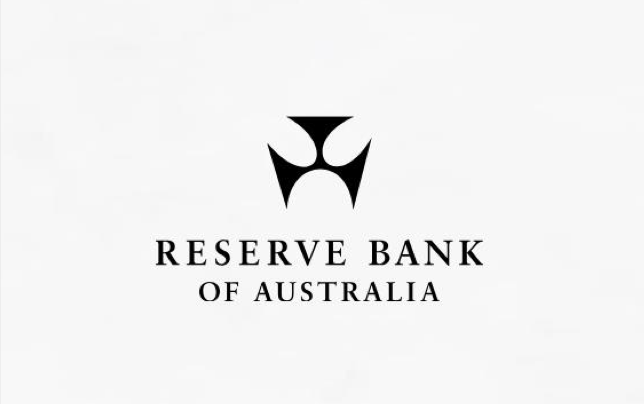
Double-Faced Innovation in the Financial Services Industry
By Sofia for LTP
The flip side of technological advancements across industries often fades when weighed against new opportunities. It’s important, however, to acknowledge that any innovation is double-faced and may carry risks that in the long-run could outweigh immediate benefits. In the financial services industry, in particular, the innovative solutions pushed to the market by FinTech startups are seen as a positive force fostering financial inclusion, but are rarely looked at with skepticism.
Meanwhile, according to Citigroup research, total investments in financial technology have grown exponentially in the past decade – rising from $1.8 billion in 2010 to $19 billion in 2015 – with over 70% of this investment focusing on the “last mile” of user experience in the consumer space. The majority of this investment has also been concentrated in the payments area, where banks are seeing the most competition with new entrants.
Financial inclusion for unbanked on the bright side
Given the massive financial interest in FinTech and the disruption is causes, let’s first look at a major benefit FinTech brought to societies around the world – financial inclusion. The democratization of the financial services constitutes one of the core differences in approach to financial services between banks and FinTech. FinTech companies often aim to make financial services more accessible for those not fitting into the credit score-based estimation of eligibility for another loan.
For your information, ~2 billion people in the world don’t have access to formal financial services. What is even more disturbing, according to the World Bank, is that 73% of the world’s population is unbanked. And while banks struggle to cover those people due to their formal ineligibility (caused by the lack of formal identification documents, credit history and other reasons), financial technology startups are tailoring their solutions to boost the quality of life for people in poverty, migrants and underbanked.
Some of the examples of the way startups foster financial inclusion have been recently brought up by the International Monetary Fund (IMF). Payments, lending and data-based applications are mentioned as some of the most important areas of development that play a vital role in facilitating financial inclusion globally.
“Peer-to-peer platforms allow those depositors to lend directly to borrowers. And projects seeking capital can use crowdsourcing platforms that allow investors to pick up equity directly, sidestepping the usual chain of intermediaries, such as investment firms.
“Big data-based applications allow for increasingly powerful search techniques to support behavioral analytics and collect and manipulate information from many different sources to identify and measure risks, trends and customer preference more comprehensively than ever.”
Cutting out intermediaries and using alternative data to define new customer groups enables the development of suitable and affordable solutions for those in the gray area of the financial world. And it does not refer to individuals and households solely – businesses around the world are also major benefactors of abovementioned areas of FinTech development.
Innovation in payments touches people and businesses equally. Some estimates suggest that electronic payments added $296 billion to GDP in the 70 countries studied between 2011 and 2015, which is equivalent to the creation of ~2.6 million jobs on average per year over the five-year period, or about 0.4% of total employment in the 70 countries.
“Transaction accounts and payment product design represent one of the catalytic pillars for driving access and usage. Expanding access to a basic transaction account that allows for payments and store of value is considered the first step to broader financial inclusion.
“Using basic payment or savings accounts can gradually lead to access to and usage of other financial services, such as credit, insurance or pensions. The three foundational enablers are also highly relevant levers for helping to improve the usage and adoption of electronic payments by merchants,” as the World Bank explains.
Technology risks for financial institutions on the other side
If the benefits of FinTech growth and development are mostly related to broader opportunities for the population, the risks are rather destructive for institutions and financial ecosystem primarily.
As the IMF notes, “For financial institutions, FinTech products pose the usual set of operational risks that arise from the failure of systems and processes and risks posed by dependence on third-party technology and service providers. Cyber risk—as a result of interconnected computer-based systems vulnerabilities that can be exploited by hackers for fun or criminal intent—is the most talked about technology-related risk. Banks and other financial institutions are increasingly reporting heavy losses from cyber risk incidents that require them to make major investments.”
Indeed, cybersecurity and a matter of third-party access to banking data have recently been under the spotlight in lieu with evolving relationships between FinTech startups and traditional financial institutions. According to RT, the global cybersecurity market will grow to an estimated $170 billion by 2020 from $77 billion in 2015 with the APAC region quickly emerging as a major market for cybersecurity interests and North America & Europe remaining the top cybersecurity markets.
While customers may be protected by zero-liability policies, for financial institutions any breach is a big blow and a threat to company’s reputation and sometimes even existence. The regulatory requirements impose strict security measures for institutions but are considered to yet be relatively loose when it comes to tech-powered rivals that, in addition, are difficult to contain within national borders and to regulate on the international scale.
“Regulators understand well the risks of established technologies but struggle to grasp the risks that new entrants and new technologies may pose to the financial system. They don’t want to stifle innovation by restricting the use of new technologies, but regulators also do not want such innovations to spread so widely that they can’t be easily rolled back in the event of unanticipated risks,” IMF clarifies.
Innovation in the financial services industry is one of the most difficult to adopt on a wide scale due to nature of the industry – the stakes in the event of failure are high, they directly affect lives of customer and companies as well as spread the impact across other industries. Digital-only service brings convenience and inclusion, but they are associated with certain risks that are important to consider before jumping into any transformative phase.
First appeared at LTP




